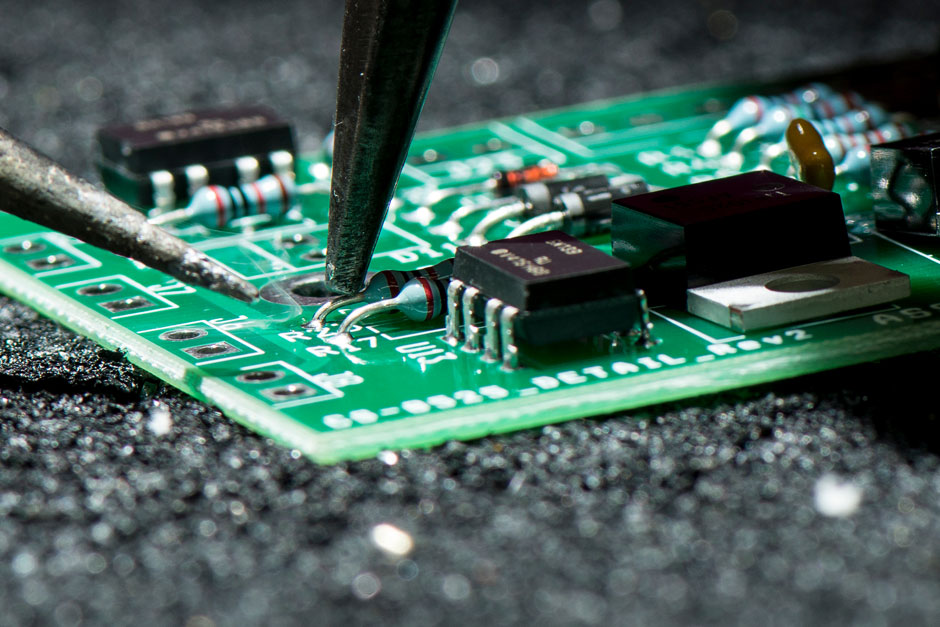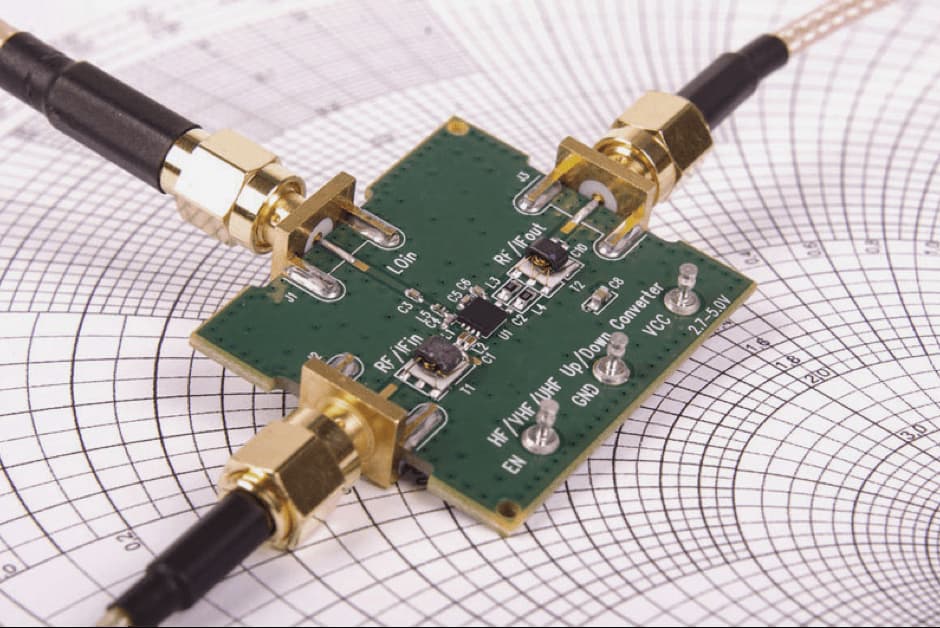The Antenova guide to flexible PCB antennas
Innovative new antenna technologies are enabling entirely new categories of devices to launch and perform well. We’re well and truly in the era of the miniaturised product, with smaller and smaller devices featuring impressive wireless capabilities launching. But this trend has made the understanding of antennas, their features and integration requirements all the more vital.
What are flexible PCB antennas?
Flexible printed circuit board antennas offer an ingenious solution for small devices. They provide almost plug ‘n’ play integration, as all of the required ground plane space is intrinsically designed within the antenna – it’s also pre-tuned, making it the simplest way to add wireless capabilities to a small device. In this guide, we explore exactly how they work, their features, key design considerations and the types of projects they best suit.
Flexible PCB antennas, or FPC antennas, consist of thin layers of polymer and copper to form a thin strip (0.15mm thick). They are flexible and bendable, making them easy to implement into the design of many devices across a wide range of frequency bands. They are also highly reliable and efficient, characteristics many small IoT and wearable devices require.
Even though flexible PCB antennas solve many RF problems that arise in small devices, they can run into difficulties with extremely compact products as some models lose efficiency if bent or folded too far. FPC antennas still provide ease of integration as they do not require tuning to the matching network, but unfortunately require manual labour to fit onto the PCB as opposed to the pick & place automation of SMD antennas.
How do flexible printed circuit antennas work?

Space-saving
Where SMD and other embedded antennas are placed directly onto the PCB, flexible PCB antennas can be placed freely inside the device housing depending on the application using an adhesive back strip. This is because flexible PCB antennas have a ground plane on the antennas themselves, and can be placed in a wide variety of locations and orientations because of it. They enjoy the benefits of SMD antennas and solve challenges of limited PCB space simultaneously.
Flexible PCB antenna applications
Since they’ve been developed, flexible PCB antennas have become a popular choice for many new designs. They offer easy integration and high levels of performance, all while reducing the space required for RF circuitry and antennas on the host PCB. They are perfect for:
- First-generation products or products with small manufacturing volumes.
- Small devices operating on cellular frequencies, thus needing network approval.
- Devices with small host PCBs.
- Projects adding wireless capabilities to an existing design.

